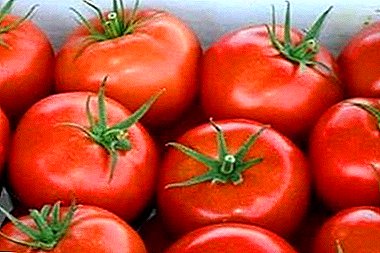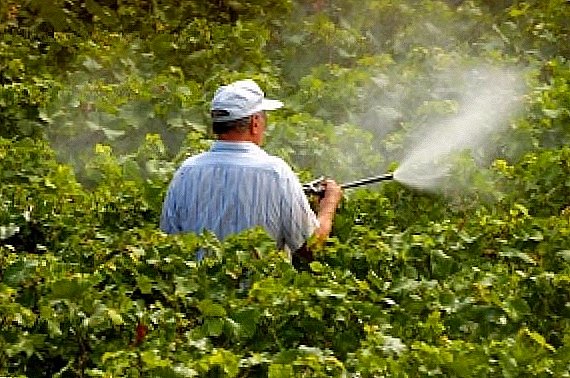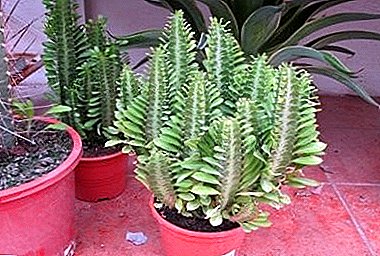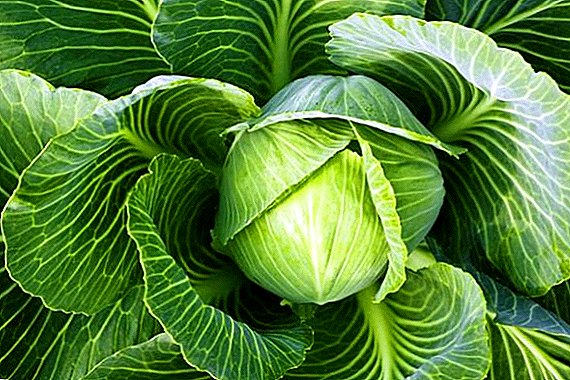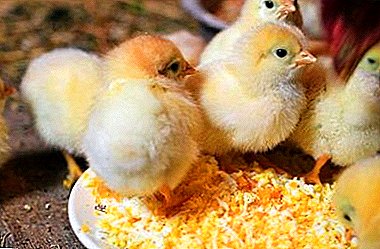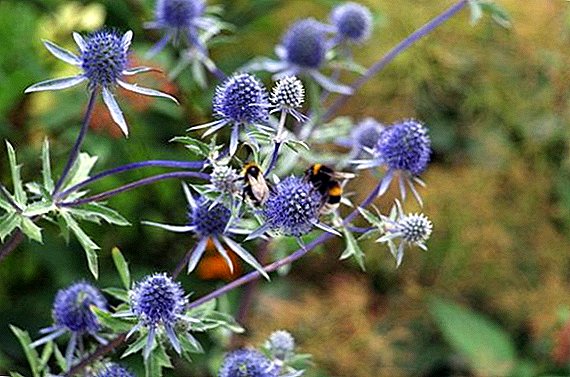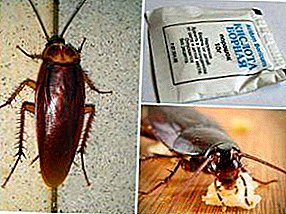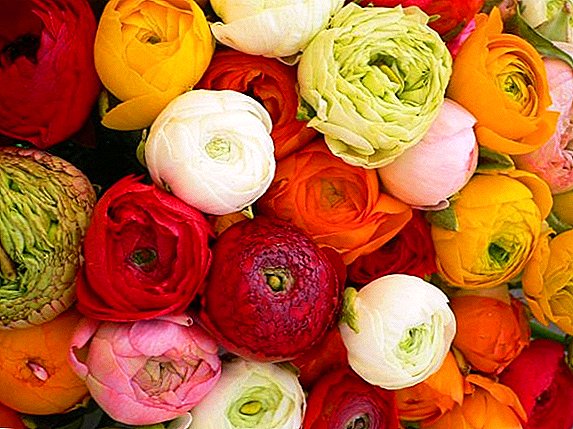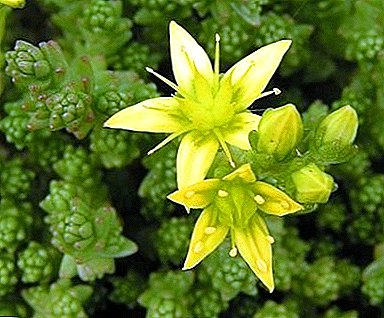
Caustic known to mankind for many centuries.
During this time, he managed to acquire many other names: young, hare cabbage, squeak, hernia grass, feverish grass and many others.
He was even called "living water". The name Sedum is very often used - transliteration from the Latin Sedum.
Description
A picky description - type species of the genus Sedum. Most of the features inherent in other members of the genus are characteristic for him.
This herb is not more than 15 cm high. has a lot of stalks, fleshy leaves ovoid, spreading inflorescences of yellow flowers.
In nature, sedum, as a rule, grows in the company - numerous plants form low, but dense bushes.
Rhizome at hare cabbage - thick and powerful. With it, a plant can get all the necessary moisture only from the soil, and thus grow and bloom in the most arid and infertile places.
A photo
Sedum acre acrid:


Caustic:


Care
Like the rest of his relatives, sedum caustic survives well in almost any conditions.
The only thing he really is needs - sunshine.
Therefore, even a child can care for this plant.
Planting and transplanting
Planting and caring for a caustic stonecrop is easy enough.
 He has few roots, especially they are thick and strong - therefore, they can be damaged only with a great desire.
He has few roots, especially they are thick and strong - therefore, they can be damaged only with a great desire.
Only leaves and flowers can suffer during a transplant.. But, fortunately, it will not turn out to be terrible in anything - the decorativeness of a plant can be easily restored.
When transplanting, it is desirable to keep an earthen room. Most likely the plant will take root in any case, but why risk it for nothing. Moreover, it is much easier to keep an earthball than to remove.
Favorable time for planting (transplanting) is a period of active growth, that is, spring, summer, and the beginning of autumn.
Sedum does not like transplants. Therefore, it should be transplanted infrequently - about once every 5 years.
Soil and fertilizers
Regarding the requirements for the ground, all types of sedum can be divided into two groups.
The first prefers nutritious loamy soil.
The second, to which the sedum belongs, is not demanding on the soil and feels even better in poor conditions. Many gardeners confirm that a sedum blooms more readily in poor and sandy soil.
When preparing the stonecrop mixture, it is recommended to limit to sand, ash, a small amount of compost earth or humus. Mineral fertilizers are not needed to improve growth and even undesirable.
 Nitrogen fertilizers can accelerate plant growth, but at the same time weaken it and make it vulnerable to disease. To risk or not - to decide the gardener.
Nitrogen fertilizers can accelerate plant growth, but at the same time weaken it and make it vulnerable to disease. To risk or not - to decide the gardener.
With growing stonecrop Both in the pot and in the open field, there must be good drainage. In its absence, the probability of a gulf, which is very dangerous for this plant, is great.
For indoor plants, a layer of expanded clay is added to the pot, and for plants growing in open ground, the top layer of soil is loosened and sand is added.
Many stonecrops need regular weeding, because they do not compete at all. Sedum caustic - an exception.
He allocates poisonous juice, which solves all land conflicts. For this reason, it is not worth planting any other species near the caustic stonecrop.
Watering and humidity
Sedumgrowing outdoors practically does not need watering.
Watering can only be a very young plant in a particularly dry period of summer. Excess moisture is harmful to the plant - the soil should dry out before each watering.
Humidity is not important for sedum, as it grows in nature in arid areas. Therefore, the plant does not need spraying.
Lighting
The only thing demanding is Sedum acrid - sunshine. The plant should be located in a well-lit place throughout the year. Only in such conditions the leaves have a bright color, and flowering is possible.
It is well known that dust can trap a significant amount of light. In order for the plant to receive maximum illumination, it is recommended to wipe leaves from time to time from dust.
If the plant is contained in the house, you need to regularly wash the windows. In autumn, during the leaves, it is necessary to ensure that the dry leaves from the trees do not remain on the foliage of the stonecrop.
Flowering and pruning
 Pummel begins to bloom around May, and can finish both in June and July. After flowering, you need to cut the stalks so as not to deplete the plant.
Pummel begins to bloom around May, and can finish both in June and July. After flowering, you need to cut the stalks so as not to deplete the plant.
The plant does not like frequent transplants., but if it grows in one place for too long, it begins to lose its decorative qualities. The leaves fall, the shoots lengthen, and the flowers become small and pale.
Therefore, during each transplant (every 4-5 years) plant need to rejuvenate - to divide or pecherenkovyvat.
Temperature conditions
Sedum caustic treats with the most hardy and unpretentious members of the genus. Even in snowless and frosty winters they do not need artificial shelter, in spring they always get a “presentation”.
In the summer, stonecrop feels great in any heat and drought.
Breeding
Like all types of hare cabbage, sedum is excellently propagated by vegetative means: leaves or stems. It is best to conduct grafting in early to mid-July.
At this time, the plant feels great, and the time until autumn is just enough for the cuttings to be well rooted and strengthened.
 Before planting the cuttings they are dried in a cool place.. After planting it is sparsely watered in order to compact the soil between the plants.
Before planting the cuttings they are dried in a cool place.. After planting it is sparsely watered in order to compact the soil between the plants.
In addition, young stonecrops need harassment, because, unlike adults, they still cannot withstand direct sunlight.
Landing in open ground should be no later than the beginning of September. Otherwise, the young may not have time to take root before the start of frost.
Cuttings of sedum caustic is desirable to be planted immediately in a permanent place of growth. As already mentioned, plants of this species do not like frequent transplants.
Reproduction of stonecrop seeds is possible, but quite problematic. For breeding requires a greenhouse, and the growth is very slow. A dive is carried out after the appearance of two true sheets. Sedum grown in this way, blooms only after 3 years.
Adult and rather large plants successfully propagate by dividing the root system.
Pests and diseases
Sedum are rarely affected by pests. Insects are afraid of plants because of poisonous juice.
If they appear, then in insignificant quantities, which can be disposed of mechanically.
 Diseases are rare, as the scanty and dry soil in which Sedum grows caustic is not favorable for bacteria and fungi..
Diseases are rare, as the scanty and dry soil in which Sedum grows caustic is not favorable for bacteria and fungi..
Poor watering and rare dressings completely exclude the occurrence of any disease.
With improper care, the root system affects fungal infections and necrosis.. In the first case, the plant can be saved: you need to remove the infected areas, sprinkle with coal cutting sites, dry the plant for a day and transplant. In the second case, the plant can be brought back to life except by cutting.
Being extremely unpretentious sedum has a great decorative value and is often used in landscaping large areas. It is a good alternative to much more capricious types of garden and indoor plants.



